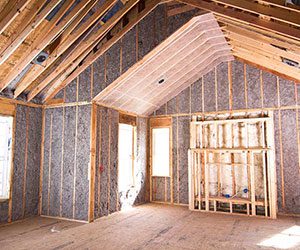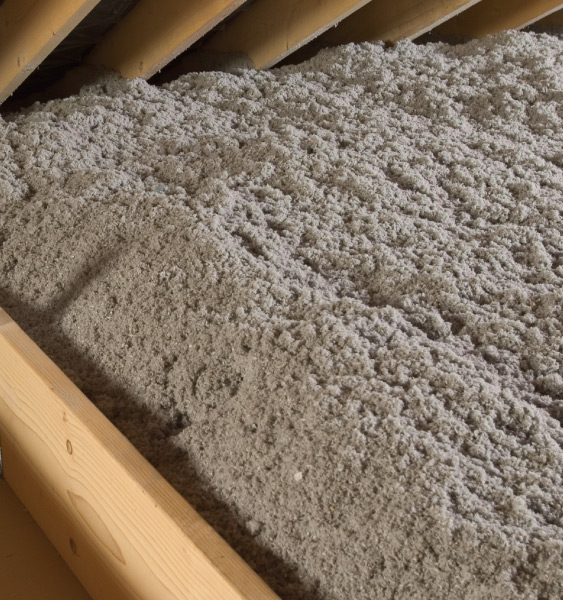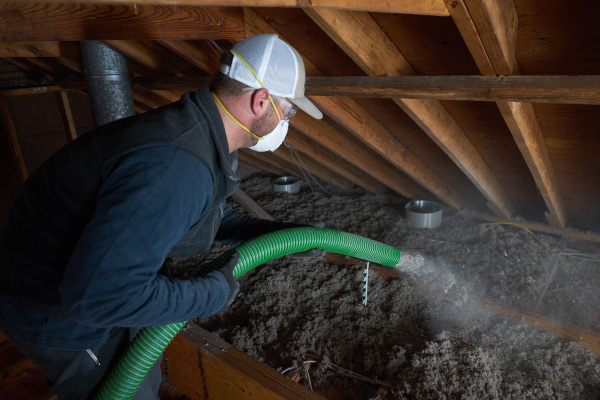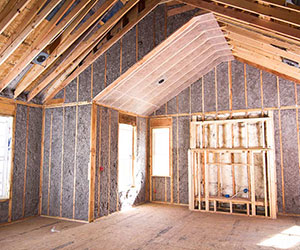
When it comes to ensuring comfort, energy efficiency, and cost savings in your home, insulation is a key player. However, with so many types of insulation available, choosing the right material can feel overwhelming. Among these options, cellulose insulation stands out as a popular and eco-conscious choice. But like any insulation material, it comes with both advantages and disadvantages. In this post, we’ll dive into what cellulose insulation is, its benefits, potential drawbacks, and how it stacks up against other insulation options. By the end, you’ll have a thorough understanding to help you make an informed decision for your home insulation needs.
What Is Cellulose Insulation?
Composition
Cellulose insulation is primarily made from recycled paper products, making it a sustainable choice. This composition not only reduces waste but also lowers the environmental impact associated with producing new materials.
Installation Methods
There are two main methods for installing cellulose insulation: blown-in and dense-pack. Blown-in cellulose is ideal for attic insulation and existing walls, where the material is sprayed into the space, filling every nook and cranny. Dense-pack cellulose is used for new construction and involves packing the insulation tightly into wall cavities, providing a high level of insulation density. Damp spray or stabilized cellulose is a popular method where water is added to the dry cellulose to act as an adhesive when it’s sprayed and aid in application.
R-Value
The R-value measures thermal resistance, indicating how well an insulation material resists heat transfer. Cellulose insulation typically has an R-value of about 3.1 to 3.8 per inch, comparable to other types of insulation like fiberglass and mineral wool but slightly lower than spray foam insulation. It’s important to note that the R-value can vary depending on the product and installation density.

Advantages of Cellulose Insulation
When considering cellulose insulation to heat and cool your Grand Rapids home throughout the year, explore these benefits.
Eco-Friendliness
Cellulose insulation scores high on the eco-friendly scale. Its recycled content and reduced manufacturing emissions make it a greener choice compared to some other insulation materials. Plus, using cellulose can contribute to earning LEED points for your home.
Soundproofing
One of the standout features of cellulose is its dense structure, which helps dampen sound transmission. This means a quieter home environment for you and your family, reducing the noise from outside and between rooms.
Cost-Effectiveness
When considering long-term energy savings, cellulose insulation is often a cost-effective choice. It compares favorably in price to other options like fiberglass insulation and spray foam insulation, providing a good balance of cost and performance.
Fire Resistance
Cellulose insulation is treated with fire retardants and has a Class 1 Fire Rating, enhancing its safety profile. This treatment helps to slow the spread of fire, giving you added peace of mind.
Pest Deterrent
The addition of borates in cellulose insulation helps deter pests, adding another layer of protection for your home.
Potential Drawbacks of Cellulose Insulation
Settling
Over time, cellulose insulation can settle, potentially reducing its effectiveness. However, proper installation can minimize this issue, ensuring your insulation remains effective for longer.
Moisture Sensitivity
Cellulose is sensitive to moisture, so it’s crucial to ensure proper moisture barriers and ventilation are in place to prevent mold growth.
Professional Installation Recommended
While DIY installation is possible, it’s typically best left to professionals to ensure optimal performance and avoid voids that could compromise the insulation’s effectiveness.
Cellulose vs. Other Insulation Options
Fiberglass Insulation
When comparing fiberglass vs. cellulose, both have similar R-values and cost. However, cellulose is often seen as more environmentally friendly due to its recycled content. Fiberglass is easier to install and comes in a loose fill form and blanket form.
Spray Foam Insulation
Spray foam offers a higher R-value (3.6 to 7.1 per inch) and excellent air-sealing properties but comes at a higher cost and needs 24 hours to off-gas any chemicals. It’s a strong choice for those prioritizing maximum R-value and air seal but might not be the most cost-effective or eco-friendly option.
Mineral Wool
Mineral wool shares many benefits with cellulose, such as fire resistance and soundproofing, but it can be more expensive.
Making the Decision: Is Cellulose Right for You?

When deciding if cellulose insulation is the right choice for your home, consider your budget, environmental concerns, and specific needs for soundproofing or fire resistance. Cellulose is an excellent option for eco-conscious homeowners on a budget, while spray foam might be preferable for those prioritizing maximum R-value. To ensure the best results, consult with reputable insulation services, such as Whitson Insulation Company, to discuss your specific needs and receive personalized recommendations. By considering these factors, you can make an informed decision that will enhance the comfort and energy efficiency of your home while managing heating and cooling costs effectively.
Insulation Solutions for Our Grand Rapids Community
The energy efficiency and comfort of our Grand Rapids community is important to us. That’s why Whitson Insulation Company has been providing expert insulation solutions to our Grand Rapids community since 1978. We put our customers first and are here to provide only the highest quality service and best insulation products available. Contact us today to learn more about lowering your energy bills with our stabilized cellulose insulation and receive your free estimate.

